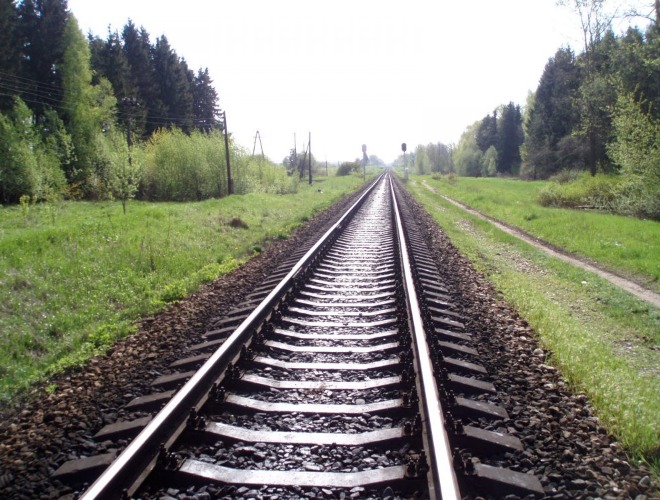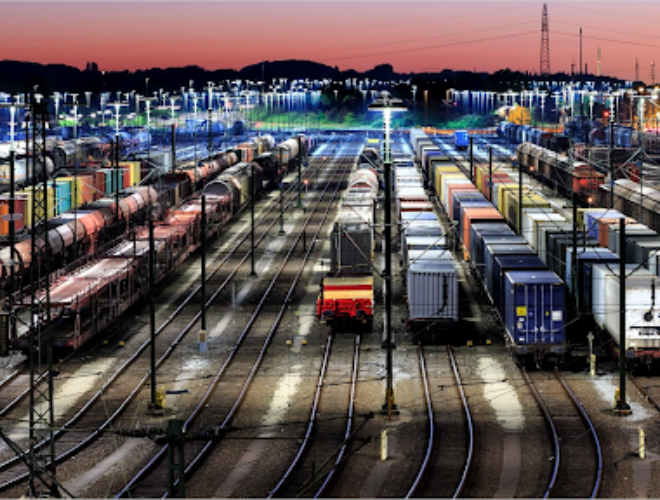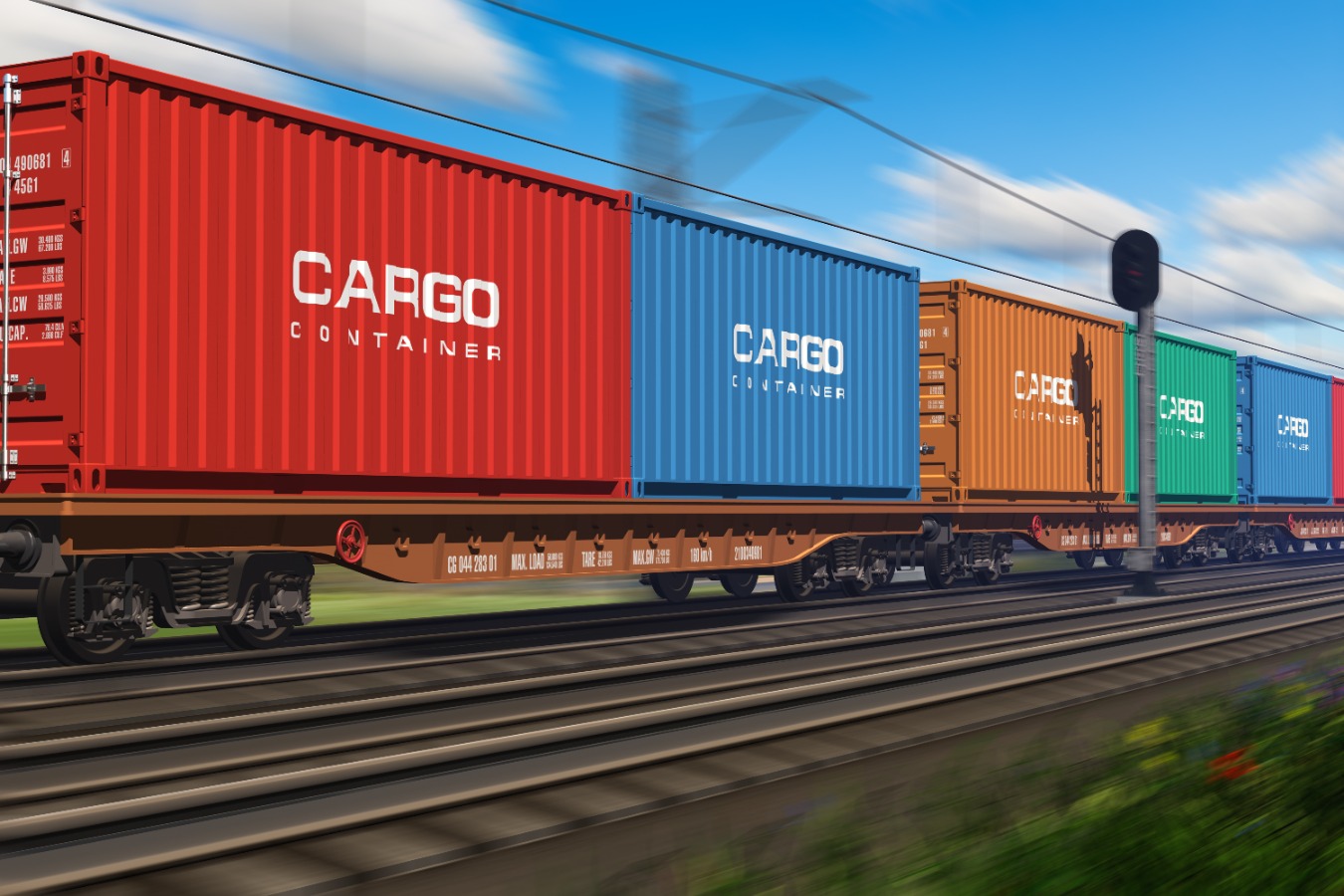Rail Freight
Moving Rail Freight Forward
What are the trends changing Rail Freight landscape?
- From Road to Rail
- Employee Well-Being and Safety
- Emissions Regulations
- Asset & Infrastructure Lifecycle
- End-to-End Service

From Road to Rail
2021 was the year of rail where the European Commission laid down the plans for the development of a network for rail in Europe. As part of the EU Green Deal there are a number of policies to be put in place and developed by the different countries regarding rail freight. Also the decarbonation of shipping that companies have as a goal is supported by rail freight being the cleanest kind of freight to move goods.
Shifting from Road to minimize emissions, reduce traffic congestion, noise pollution in urban areas and reduction of accidents are some of the many reasons why many companies are committing to shift a percentage of their cargo loads from other modalities to Rail.

Employee Well-Being & Safety
In order to run a consistent Rail service, a reliable plan of needed resources has to be in place. Rail Freight demands skilled labour which can run short, and that is increasingly being protected in the form of labour regulations. Service operations required having the right skilled personnel, at the right place at the right time.
All this while encompassing fair and flexible schedules that abide by labour regulations and union agreements. Workforce Planning not only will help employee engagement and customer service, but also cost control.

Emissions Regulations
Although rail is climate friendly and in many cases electric, its goal is to use 100% renewable energy from green sources. European Members of the International Union of Railways have committed to reducing CO2 emissions per passenger-kilometer and per ton-kilometer by 50% by 2030.
The usage of renewable electricity and decarbonization of electricity are key factors in CO2 emission reduction driving more engagement by rail companies. This requires more adoption to technology, transformation and digitalization

Asset & Infrastructure Lifecycle
Ageing infrastructure and IT systems increase the risk of operations and drive higher maintenance costs. To be able to respond to greater demand, companies invest more in renovation and extension of the rail network.
From the design of the project to construction, to keep the project on time and costs controlled. All the way to maintenance of the rail fleet and infrastructure, Rail Freight companies need to increase the asset lifecycle by making better use of their resources and improving integrated planning processes.
Having a fully connected and integrated environment is important to stay agile and make changes quickly. You’re ready for any challenges ahead
End-to-End Service
End to end (E2E) supply chain involves a complete integrated process. From service design, processing facilities, a backbone transport network, first and last mile, ensuring customer satisfaction and feedback.
A traditional supply chain focuses on each function where every step in the process is siloed and handled separately. This results in an inefficient and limited overall performance.
An E2E service Platform is a holistic view that integrates all supply chain functions. It provides greater visibility, and access to previously untapped efficiencies.
Rail Simulation: Efficient Freight Operations Unveiled
Delve beyond the tracks and unveil your path to rail safety, reliability and sustainability through aerodynamics and vehicle dynamics simulation.
Forge the Digital Way Forward in Rail Freight Operations
Discover how integrated planning helps you optimize daily rail freight operations, across all planning areas and time horizons for greater efficiency.
Achieving Sustainable logistics with end-to-end planning
Kids love playing with toy trains and trucks, but logistics is serious business.
Discover our Customer Stories
Explore Featured Solutions for Rail Freight
Dassault Systèmes delivers dedicated Business Services industry solution experiences based on the 3DEXPERIENCE® platform to enable Rail Freight companies to tackle their challenges.
